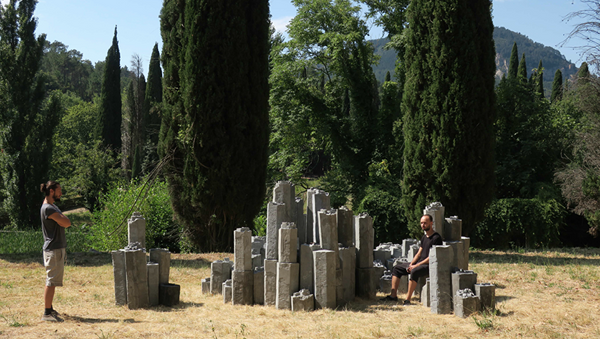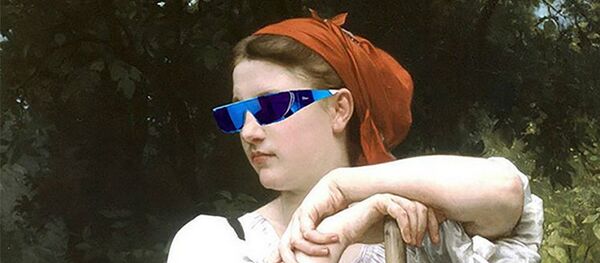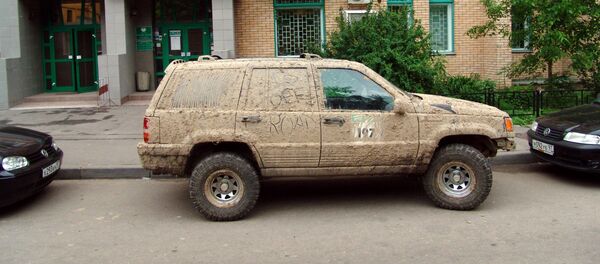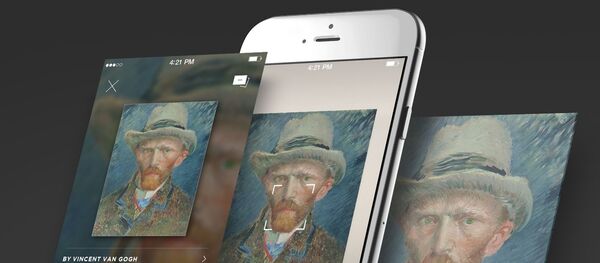"We did our very first joint project in 2008. The exhibition was called ‘Recycle' because in our creations we used materials that can be recycled. Over time, this name became even more meaningful to us: we take some ideas and then transform them, reconsider, ‘recycle' them. And we still continue to use recyclable materials in our work," Andrei explained.
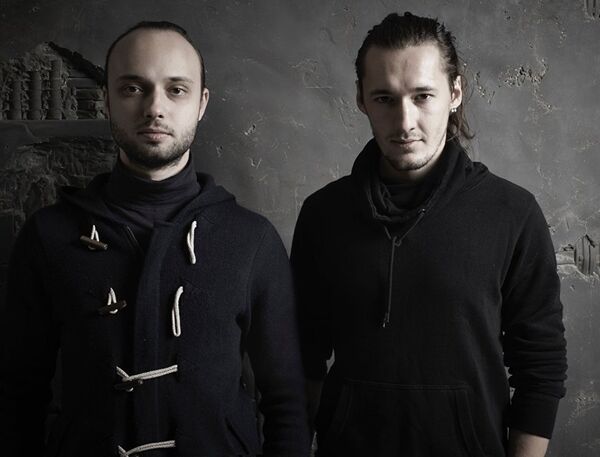
At first, their works featured only in group exhibitions. But in no time they reached the next level: their first "solo" project was put on in Paris.
"Our work has been already exhibited at the Venice Biennale several times, in 2011 and 2013. Our previous Biennale project was made in St. Antoninus Church, a baroque church with its own ideas of architecture and space. The main theme of our exhibition was associated with religion," the artist said.
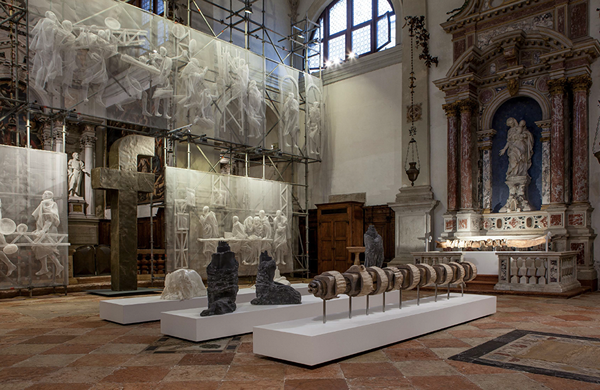
Now, the duo lives mostly on airplanes — the artists have to travel a lot for their work. They own two studios, one in France and another in their motherland, in Krasnodar — that's where they worked on an exhibition called Blocked Content — created for the 2017 Venice Biennale's Russian Pavilion.
"Technology has always been involved with art. And we are always experimenting with it too. In this exhibition, we use the latest technology, such as 3D-printing and a special application for smartphones that allows seeing an augmented reality," Blokhin revealed.
"We created sketches, then transformed them into 3D-models, after that we printed fragments from a 3D-printer and only then put them together and painted," he added.
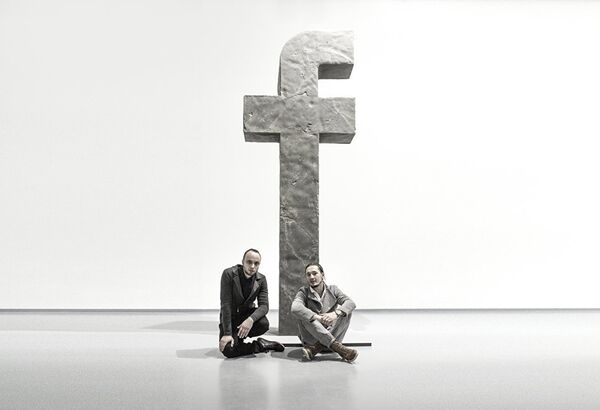
That was the first time they used 3D-printers in their work — and they spent a whole week to find out how they work and how to customize them. "In addition, we used an application that allows seeing our sculptures with a ‘thermal scope' effect," the Russian artist said.
"This application gives us a new space for action, another dimension. We like the feeling of freedom this virtual space gives us," Blokhin explained.

